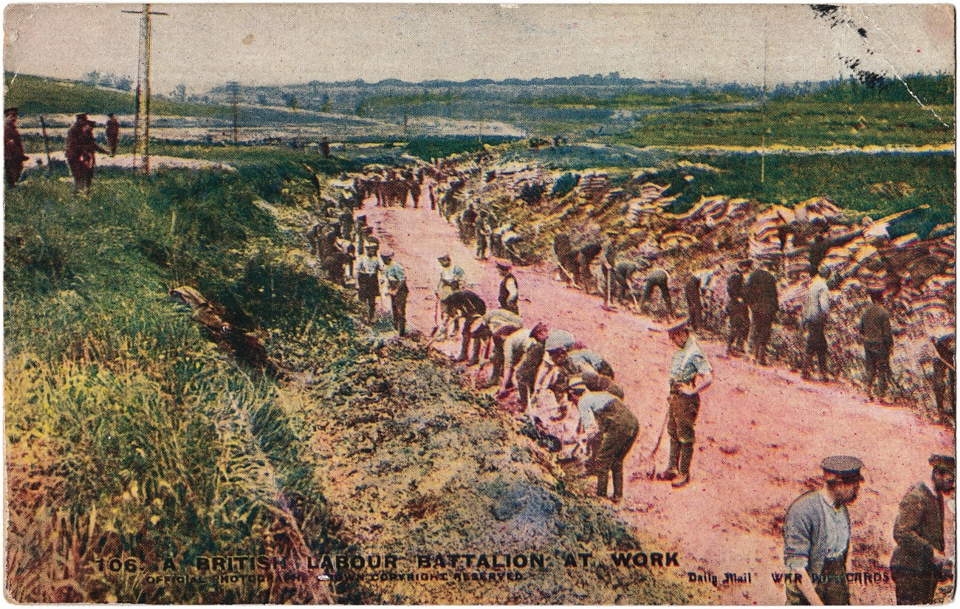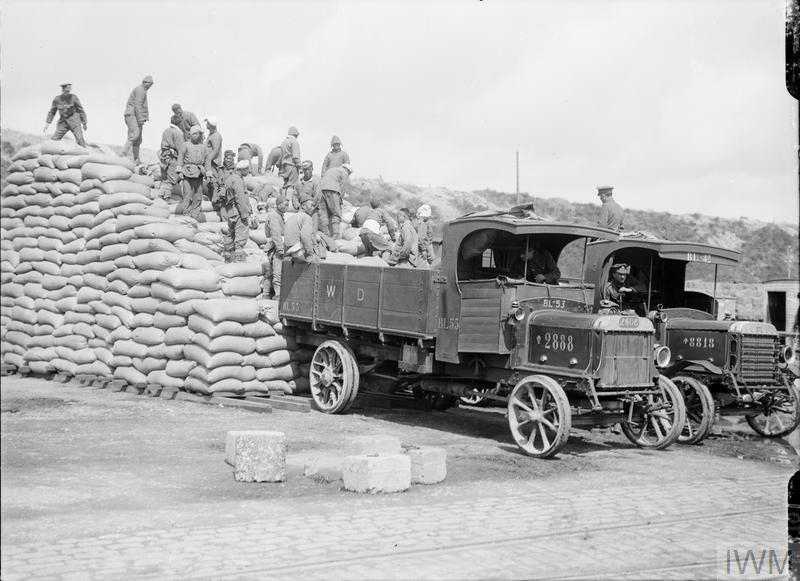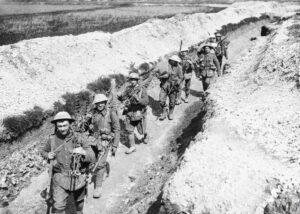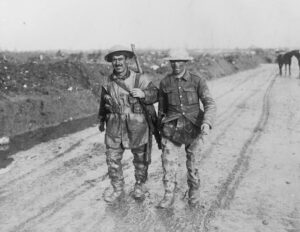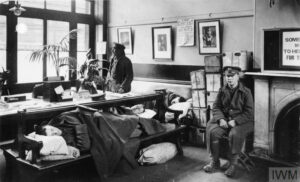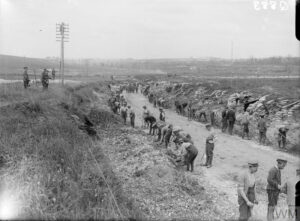The Labour Corps of the British Army was established in 1917 during the First World War to address the growing need for labour in support of military operations. It played a crucial role in the war effort by providing essential support services that enabled the frontline soldiers to focus on combat.
Formation and structure
Prior to the establishment of the Labour Corps, manual work was undertaken by various units and individuals including the Army Service Corps, pioneer battalions, and hired civilian workers. However, as the war progressed, the need for a more organised and efficient labour force became evident. The Labour Corps was officially formed on 22 February 1917, to centralise and coordinate these efforts. Pre-existing infantry labour companies and battalions became one of 203 Labour Companies.
The Corps consisted of soldiers who were either medically unfit for frontline service or were older men who had previously served. Additionally, it included volunteers from the colonies and territories of the British Empire, as well as conscripted labourers. Units within the Labour Corps were often composed of men from specific regions or countries, such as the Chinese Labour Corps, South African Native Labour Corps, and the Egyptian Labour Corps.
Roles and responsibilities
The Labour Corps was responsible for a wide range of non-combat duties essential to the war effort. These included:
- Construction and maintenance: building and repairing roads, railways, trenches, and other infrastructure necessary for troop movements and logistics.
- Logistics and supply: handling the transportation, unloading, and distribution of supplies, ammunition, and equipment.
- Sanitation and burial duties: maintaining sanitary conditions in camps and on the battlefield, as well as the burial of the dead.
- Agricultural work: assisting with food production to ensure the steady supply of provisions to the front lines.
The Corps was divided into companies and sections, each with specific tasks and responsibilities. These units operated both at home, behind the front lines, and in closer proximity to the front, often working under harsh and dangerous conditions.
Contributions and legacy
The Labour Corps grew to more than 10% of the total size of the Army, with around 175,000 were working at home. Its work was critical in ensuring that supplies and reinforcements reached the front lines, and their construction efforts helped maintain crucial infrastructure. The men often faced challenging conditions, including exposure to enemy fire, harsh weather, and long working hours. Their contributions were frequently undervalued, and they did not receive the same recognition as combat troops.
